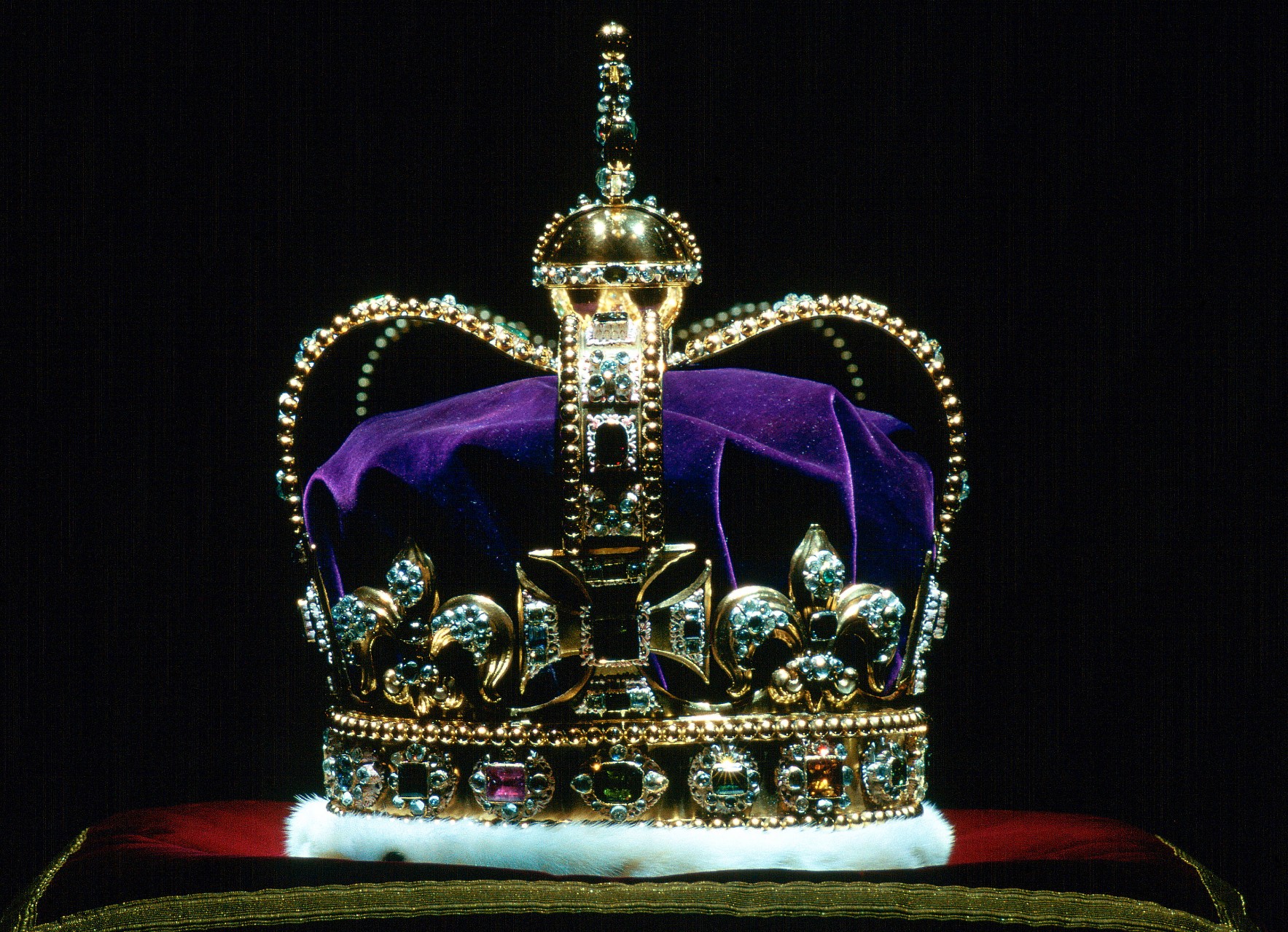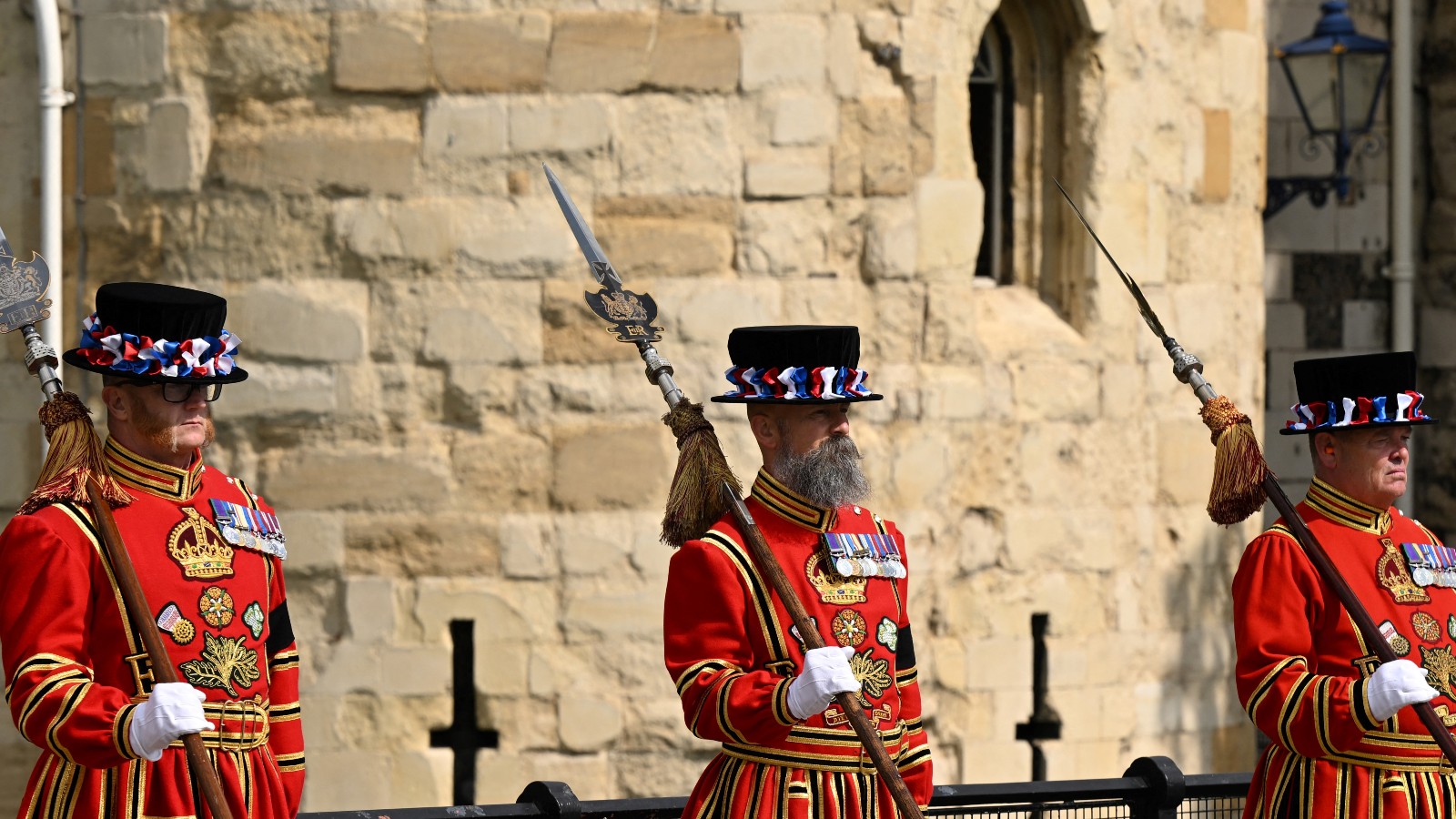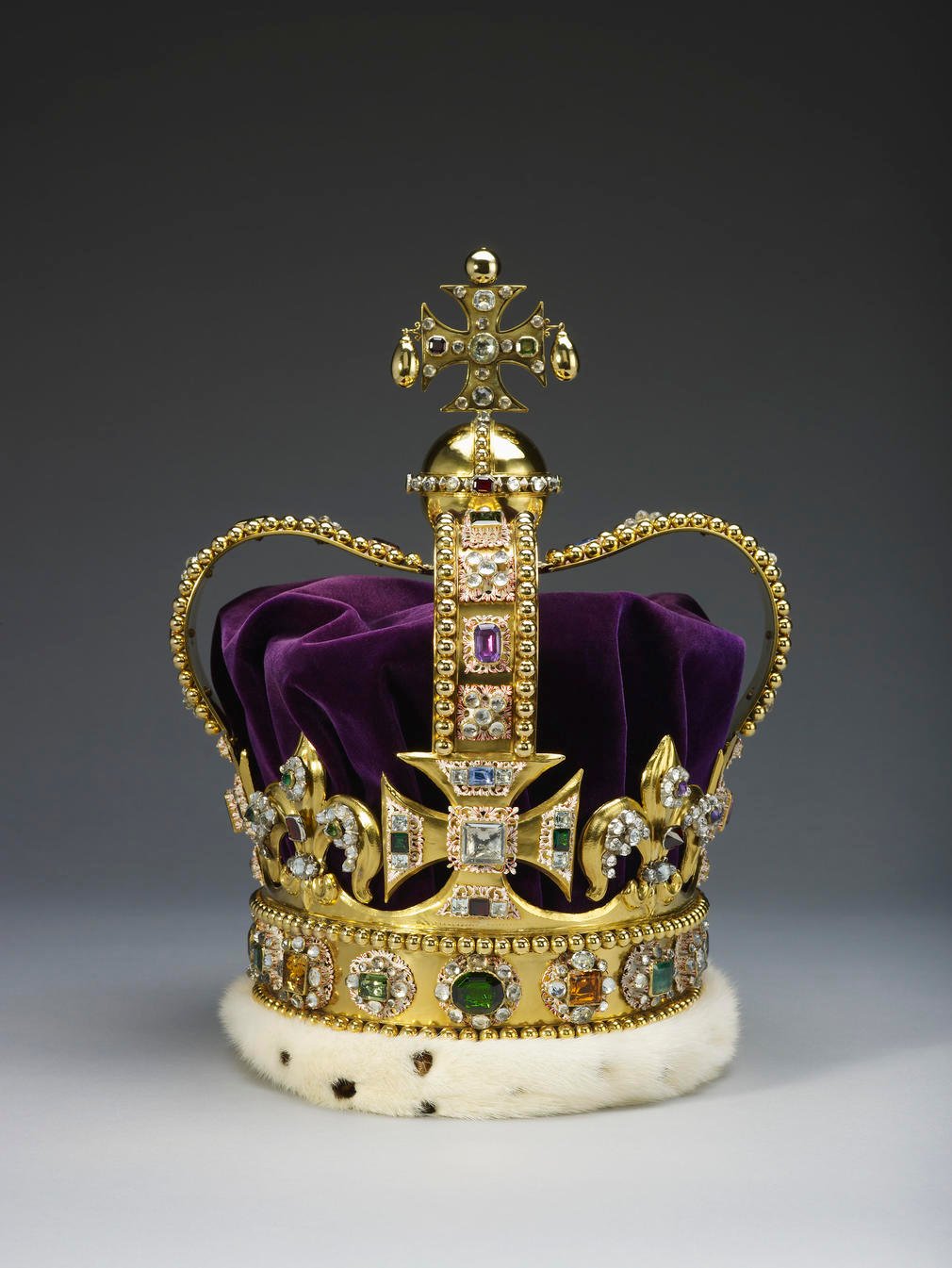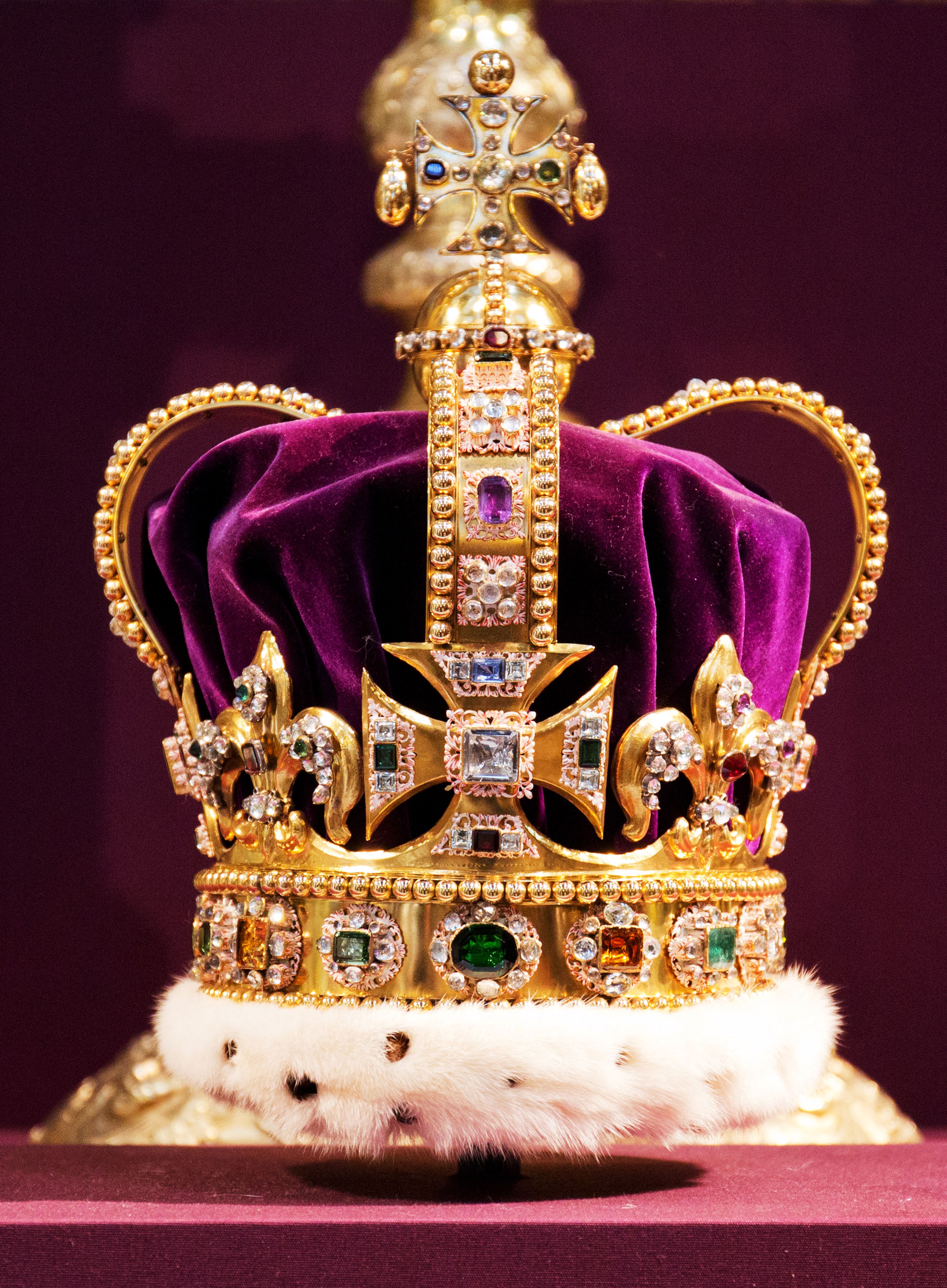The St Edward's Crown has been secretly taken from the Tower of London for this very important reason
The St Edward’s Crown is the centerpiece of the Crown Jewels, so why has it been moved from the Tower of London?


The St Edward’s Crown is missing from the Tower of London. But before panic hits the streets of London, the crown – the most important centerpiece of the Crown Jewels – has been secretly moved to be resized ahead of King Charles’ coronation. The crown will be fitted for the new King whose coronation is set for May 6, 2023.
- The Crown Jewels have been taken from the Tower of London – but before the famous Beefeaters protecting them panic, there’s a special reason why.
- The St Edward’s Crown, the centerpiece of the Crown Jewels, is being resized to fit King Charles.
- In other royal news, King Charles' good deed will help thousands of people this winter as the UK enters an unprecedented cost of living crisis.
Normally, the idea of the Crown Jewels going missing from the Tower of London is the sort of plot device you’d expect in a James Bond movie. However, the St Edward’s Crown, the central piece of the Crown Jewels of the United Kingdom, has been secretly moved from the Tower ahead of Charles’ coronation.
In a statement, Buckingham Palace confirmed, “St Edward’s Crown, the historic centrepiece of the Crown Jewels, has been removed from the Tower of London to allow for modification work to begin ahead of the Coronation on Saturday May 6 2023.”

The movement of the priceless crown to an undisclosed location was kept secret until it was safely delivered.
The history of the St Edward’s Crown
Versions of the St Edward's Crown have been used at the coronation for British and English monarchs dating all the way back to the 13th century.
It is considered the most important crown amongst the Crown Jewels.
The St Edward’s Crown includes 444 stones, both precious and semi-precious and nearly two kilograms of gold. The stones include rubies, amethysts, sapphires, garnet, topazes and tourmalines.
Sign up for the woman&home newsletter
Sign up to our free daily email for the latest royal and entertainment news, interesting opinion, expert advice on styling and beauty trends, and no-nonsense guides to the health and wellness questions you want answered.

The gold used to construct the crown is today reportedly worth more than $145,000, while the collection of stones in the precious metal likely place the value of this crown around $57 million.
So heavy is the crown that the Queen only wore it for a brief moment during her own coronation.
Her Majesty previously told the Smithsonian Channel, “You can’t look down to read the speech, you have to take the speech up. Because if you did, your neck would break and it [the crown] would fall off.”
The current crown was made for Charles II in 1661, as a replacement for the medieval crown which had been melted down in 1649. The first iteration of St Edward’s Crown was thought to date back to the 11th century.
The first version of the crown was worn by royal saint, Edward the Confessor, the last Anglo-Saxon king of England, of whom the crown gets its name.
It is the St Edward’s Crown which appears in the royal coat of arms of the United Kingdom, the Royal Mail logo and in badges of the Armed Forces.

Who could be in charge of resizing the crown?
Though unconfirmed, it’s likely that either the House of Garrard or Mark Appleby of Mappin & Webb will take on the incredible task.
Mark Appleby is the current Crown Jeweller of the United Kingdom, appointed by Her Majesty the Queen in 2017. He is the 10th Crown Jeweller.
However, the House of Garrard has served every monarch since the mid-18th century and have worked on creations like the Kate Middleton's engagement ring.
The House of Garrard has been tasked with resizing the crown for each coronation since Victoria. For Queen Elizabeth II’s coronation in 1953, their job was to resize the Imperial State Crown, which had been worn since George V’s era, to fit the young Queen’s head and lower the arches to make it more feminine.

Jack Slater is not the Last Action Hero, but that's what comes up first when you Google him. Preferring a much more sedentary life, Jack gets his thrills by covering news, entertainment, celebrity, film and culture for woman&home, and other digital publications.
Having written for various print and online publications—ranging from national syndicates to niche magazines—Jack has written about nearly everything there is to write about, covering LGBTQ+ news, celebrity features, TV and film scoops, reviewing the latest theatre shows lighting up London’s West End and the most pressing of SEO based stories.
-
 I spent a weekend in the French Riviera with just hand luggage - why the Antler Essentials collection is a space and money-saver
I spent a weekend in the French Riviera with just hand luggage - why the Antler Essentials collection is a space and money-saverThe new Antler Essentials Tote Bag and Hoodie deliver off-duty chic with well-considered designs and lots of secure extras. Get ready for a travel upgrade.
By Laura Honey
-
 The celebrity looks that prove faux fur will always be in style
The celebrity looks that prove faux fur will always be in styleFrom opulent coats to faux fur hats, this is one trend that'll always make a luxe statement
By Jack Slater